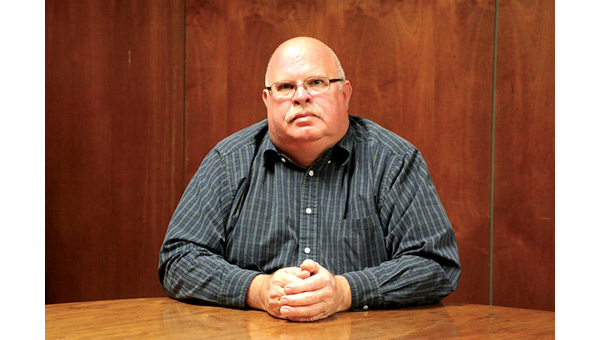Siege at Fort Watauga to be this weekend
Published 10:03 am Friday, May 15, 2015
Sycamore Shoals State Historic Area will host its largest historical re-enactment of the year this weekend with the annual Siege of Fort Watauga.
The event features nearly 200 living history re-enactors portraying 18th-century men and women settling on the frontier at the start of the American Revolution, historic interpreter Chad Bogart said. The re-enactors portray settlers, militia members, traders, the British and Cherokee warriors.
The Siege of Fort Watauga tells of the Cherokee attack on the settlements along the Nolichucky, Watauga and Holston rivers during the summer of 1776. At Sycamore Shoals, nearly 200 settlers found protection behind the stockade during a two-week siege led by Cherokee War Chief Old Abram and 300 warriors.
“The attack took place in July, just a few days after the Declaration of Independence was signed,” Bogart said. “This was part of Dragging Canoe’s three-pronged attack on settlements in what would become East Tennessee.”
The re-enactment will include some “high action” moments and will feature some of the more popular tales of local history, including Catherine “Bonnie Kate” Sherrill leaping over the fort wall to escape a Cherokee warrior and Ann Robertson throwing scalding water on Cherokee warriors attempting to light the fort on fire, Bogart said.
“The Indians tried to burn the fort, but Ann started a bucket brigade,” he said. “The women had been doing laundry, so they passed buckets over and were able to put out the fire and scald a few of the attackers, too. Ann was wounded during the fight but stayed at her post until the Siege was over.”
The battle is the highlight of both days of the re-enactment, and will take place at 1 p.m. Saturday and Sunday. Bogart said each day would feature a different portion of the battle.
The Siege will also feature a special guest re-enactor, Lynette Stuart, will perform “Ms. Jane,” a Colonial frontier slave narrative.
“We have always told two sides of the story, that of the European settlers and the Natives,” Bogart said. “We have told about their different cultures, their beliefs and how those came together. There was one part that was never included before, and that was the viewpoint of the slaves in Colonial America.”
In Colonial times, there were African slaves, brought against their will to the country, and indentured servants, who were usually European citizens who agreed to serve a set number of years with a Colonial settler in return for passage to the new country.
African slaves and free black citizens were present at Fort Watauga during the 1776 Cherokee attack, Bogart said. Event organizers had felt that was part of the story that had been neglected in the past, but it was difficult to find a re-enactor to take on those roles, he said.
Several Revolutionary War living history units will bring the 18th century to life this weekend. Units include the First Maryland, based in Hendersonville, N.C.; Musgrove’s Mill Militia and the South Carolina Rangers, based in upstate South Carolina; and two British units: the 42nd Light Infantry; and the North Carolina Highland Regiment. The host unit is the Washington County Regiment of North Carolina Militia, based at Sycamore Shoals. Other participants will portray many 18th-century walks of life, including Cherokee, backcountry hunters, farmers, housewives, African slaves, commoners and gentry.
Several vendors will offer a myriad of 18th-century reproduction items for the Colonial enthusiast or the primitive decorator. Vendors this year include Zettlemoyer Pottery, offering reproduction redware and other 18th-century pottery items; Trader Bob, offering tanned animal pelts and hides; Fort Vause Outfitters, specializing in finished leather goods; and several other vendors offering everything from 18th-century reproduction clothing, weaponry and original antiques, to replica housewares, hand-carved wooden items and military accouterments.
Ongoing activities throughout the weekend include Cherokee lifeways and demonstrations, Colonial games, salt making, tavern keeping, leather work, weaving, food preservation, lard rendering, hand sewing, knitting, flax processing, Colonial music, open hearth cooking, flintlock firearms demonstrations, 18th century militia encampment, british camp, and many more aspects of 18th-century life.
For more information, call 543-5808.




